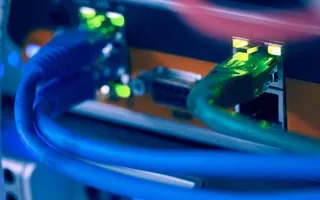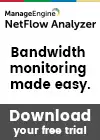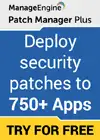Network Fundamentals: Top Picks
Network Fundamentals
Introduction to Content Switching - Application &…
Content switches (also sometimes called application switches) is a class of network device that is becoming increasingly common in medium to large si…
Network Fundamentals
Network Data Transmission
Network data transmission refers to the process of sending and receiving information between two or more devices connected to a network. It is a crit…
Network Fundamentals
Multicast - Understand How IP Multicast Works
Multicast is a communication method used in computer networking where data is sent from a single sender to a group of destination devices. In this m…
Network Fundamentals
Network Unicast - Its role and Importance
Unicast is a communication method used in computer networking where data is sent from a single sender to a specific destination device. In this…
Featured Subcategories:
Netflow Articles:
Netflow
NetFlow Analyzer: Free Download, Step-by-Step Ins…
In our previous article we explained how a Netflow Analyzer can help you gain visibility into your user traffic, application traffic and data flows w…
Netflow
Complete Guide to Netflow: How Netflow & its Comp…
This article will cover the basics of Netflow, including its use cases, Netflow supported devices, Netflow history, and variants. We’ll also dive int…
Netflow
Netflow: Monitor Bandwidth & Network Utilization…
Monitoring network traffic & bandwidth usage via Netflow is mandatory for any type and size network. Gaining visibility into user traffic, applic…
Netflow
Netflow vs SNMP. Two Different Approaches to Netw…
SNMP (Simple Network Management Protocol) and Netflow are both popular protocols with admins, prized for their ability to give visibility over the ne…
Network Protocols:
TCP - UDP Protocol Analysis
Transmission Control Protocol - Part 2: Quick Ove…
As previously mentioned on a number of occasions, TCP is one of the two protocols that lives at the Transport layer and is used to carry data from on…
TCP - UDP Protocol Analysis
Transmission Control Protocol - Part 4: In-Depth…
This article is an introduction to the 7-page TCP Header analysis section that follows. We briefly view each section of the TCP Header and then move…
IP Protocol
IP Protocol - Part 3: IP Classes, Network & Host…
This article explains the 'Network-ID' and 'Host-ID' concept found in IP addressing and subnetting. We analyse the structure of IP addresses and netw…
TCP - UDP Protocol Analysis
Transmission Control Protocol - Part 1: Introduct…
Understanding how each protocol fits into the OSI Model is essential for any network engineer. This page analyses how TCP is classified as a 'transpo…
Supernetting & CIDR
Supernetting In-Depth Analysis - Learn to Identif…
Our previous article served as an introduction to Supernetting, also known as Route Summarization. We covered the concept of Supernetting, how it wor…
TCP - UDP Protocol Analysis
UDP Protocol - Header
This article covers the UDP protocol. We examine the structure of the UDP header, the protocols that use UDP as a transport plus a lot more.
Some co…
Supernetting & CIDR
The Supernetting / CIDR Chart
This articles build upon our previous pages covering what is Supernetting (Route Summarization) & How Supernets Work and Supernetting In-De…
TCP - UDP Protocol Analysis
TCP Header Anaylsis - Section 5: TCP Window Size…
Our fifth section contains some very interesting fields that are used by the TCP transport protocol. We see how TCP helps control how much data is tr…
STP/ICMP Protocols:
ICMP Protocol
ICMP Protocol - Part 6: Redirect Messages
The ICMP - Redirect Message is always sent from a gateway to the host and the example below will illustrate when this is used.
Putting it simply (be…
ICMP Protocol
ICMP Protocol - Part 4: Destination Unreachable M…
The 'ICMP Destination unreachable' message is quite interesting, because it doesn't actually contain one message, but infact six! This means that the…
ICMP Protocol
ICMP Protocol - Part 7: Time Exceeded Message Ana…
The ICMP - Time Exceeded message is one which is usually created by gateways or routers. In order to fully understand this ICMP message, you must be…
ICMP Protocol
ICMP Protocol - Part 2: Echo / Echo Reply (Ping)…
As mentioned in the previous page, an Echo is simply what we networking engineers call a 'ping'. The Echo Reply is, as most would guess, the 'p…
Wi-Fi Key Generator
Follow Firewall.cx
Cisco Password Crack
Decrypt Cisco Type-7 Passwords on the fly!

VLAN Networks
Static VLANs
VLANs are usually created by the network administrator, assigning each port of every switch to a VLAN. Depending on the network infrastructure and securit…
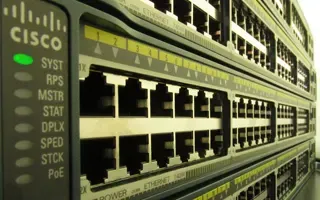
VLAN Networks
VLAN Security - Making the Most of VLANs
It's easy to see why virtual LANs have become extremely popular on networks of all sizes. In practical terms, multiple VLANs are pretty much the same as h…
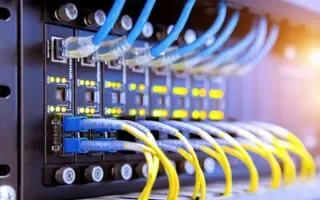
VLAN Networks
VLANs - Access & Trunk Links
If you've read our previous article The VLAN Concept - Introduction to VLANs then you should feel comfortable with terms such as 'VLAN', 'Stati…

VLAN Networks
Comparing Traditional Flat & VLAN Networks
Designing and building a network is not a simple job. VLANs are no exception to this rule, in fact they require a more sophisticated approach because of t…
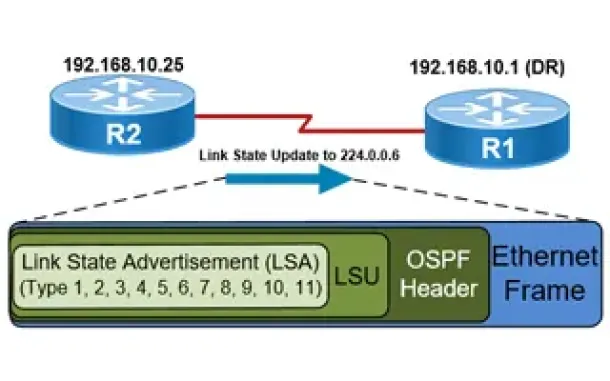
Routing
OSPF - Part 5: Analysis of OSPF Link State Update (LSU…
This article explains how OSPF uses Link State Advertisement (LSA) to exchange information about the network topology between routers. When a router recei…
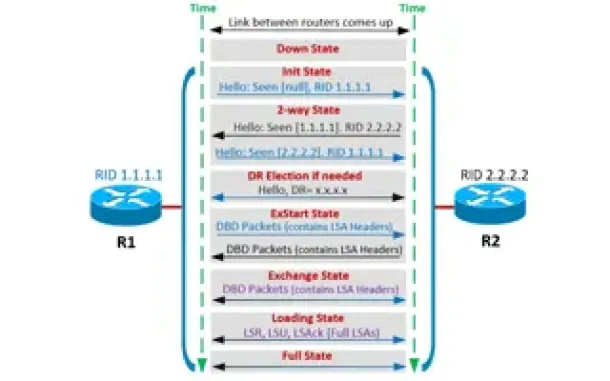
Routing
OSPF - Part 4: OSPF Neighbor States – OSPF Neighbor Fo…
This is the third article of our OSPF series which analyzes the different OSPF States routers go through during the OSPF discovery and neighbor forming pr…
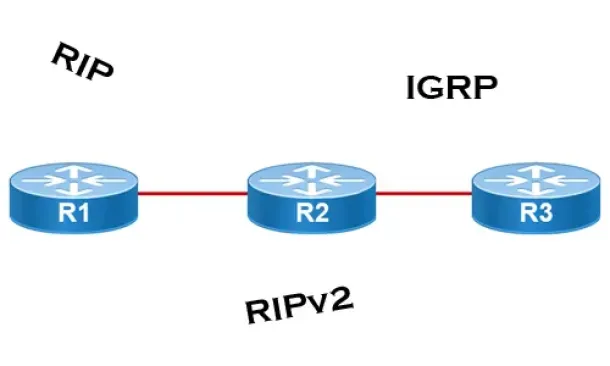
Routing
Distance Vector Routing Protocols
Distance Vector routing protocols use frequent broadcasts (255.255.255.255 or FF:FF:FF:FF) of their entire routing table every 30 sec. on all their interf…
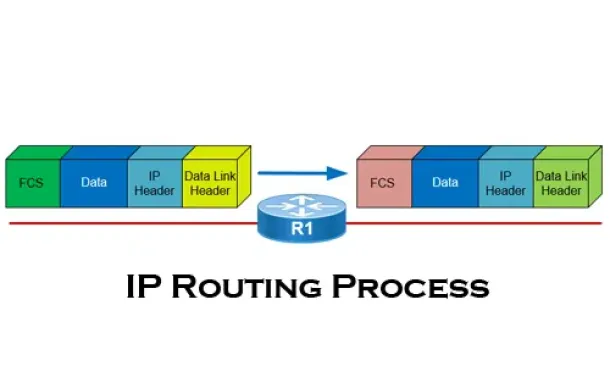
Routing
The IP Routing Process - Step-by-Step Analysis
We are going to analyse what happens when routing occurs on a network (IP routing process). When I was new to the networking area, I thought that all you…
Network Address Translation - NAT
Dynamic NAT - Part 2
Our previous article, Dynamic NAT - Part 1, covered the basic idea of Dynamic Network Address Translation. We are now going to take a closer look at the p…
Network Address Translation - NAT
Network Address Translation (NAT) Overload - Part 1
NAT Overload is the most common NAT method used throughout all networks that connect to the Internet. This is because of the way it functions and the limi…
Network Address Translation - NAT
Network Address Translation (NAT) Concepts
Before we dive into the deep waters of NAT, we need to make sure we understand exactly what NAT does. So let me give you the background of NAT, why it's h…
Network Address Translation - NAT
The Network Address Translation Table
After that simple and informative introduction to the NAT concept, it's time to find out more about how it works and this is where the NAT table comes in…







